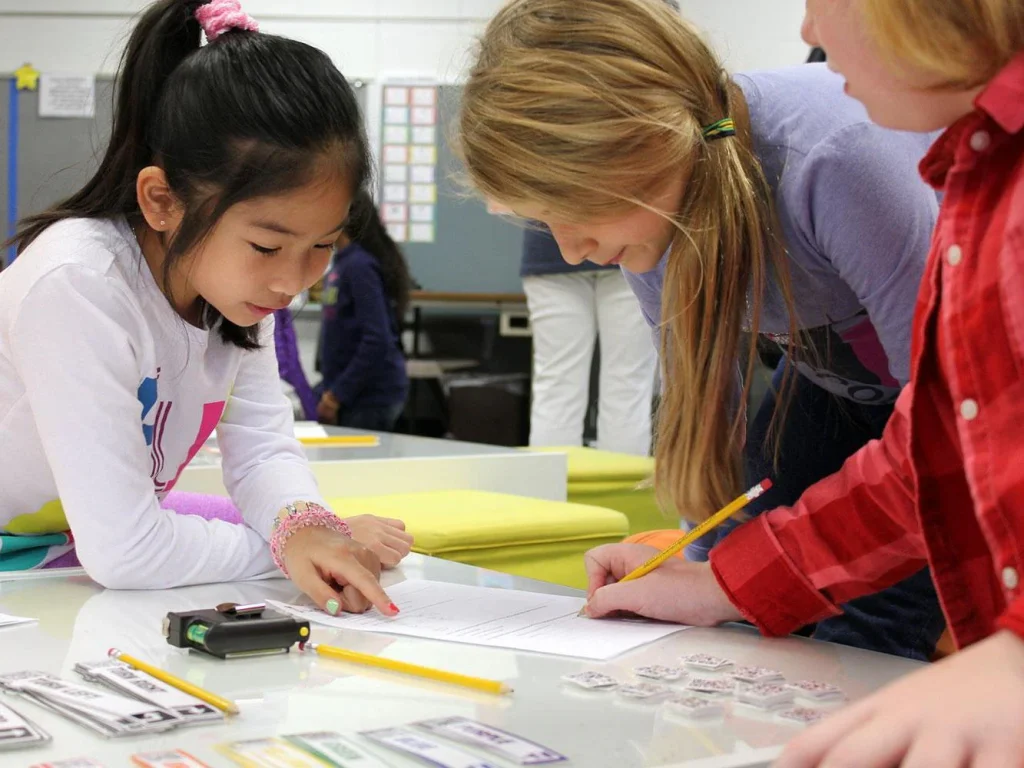In an age where education is often seen as a privilege rather than a right, educational outreach programs stand as a beacon of hope. These initiatives serve as vital links between educational institutions and the communities they serve, providing access to resources, knowledge, and opportunities that might otherwise be out of reach. Whether it’s a university offering workshops to local schools or a nonprofit organization providing tutoring to underserved youth, educational outreach plays a crucial role in fostering community engagement and empowerment.
I first became aware of the importance of educational outreach during my time volunteering at a local community center. I witnessed firsthand how outreach programs could transform lives, providing individuals with the tools they needed to succeed academically and personally. This experience opened my eyes to the profound impact that education can have when it is made accessible to all.
The Goals of Educational Outreach Programs
Educational outreach programs aim to achieve several key objectives:
- Bridging Gaps: Many communities face significant barriers to accessing quality education, whether due to socioeconomic status, geographic location, or other factors. Outreach programs work to bridge these gaps by providing resources and support where they are most needed.
- Promoting Lifelong Learning: Outreach initiatives encourage individuals of all ages to pursue learning opportunities, fostering a culture of curiosity and growth. By offering workshops, classes, and resources, these programs help instill a love of learning that can last a lifetime.
- Empowering Communities: Educational outreach empowers individuals by providing them with the knowledge and skills necessary to navigate various challenges. This empowerment can lead to improved job prospects, increased civic engagement, and a stronger sense of community.
- Fostering Collaboration: Outreach programs often involve partnerships between educational institutions, local organizations, and community members. These collaborations can lead to innovative solutions and a more unified approach to addressing community needs.
The Benefits of Educational Outreach Programs
The benefits of educational outreach programs extend beyond the individuals they serve. Here are some of the key advantages:
- Increased Access to Resources: Outreach programs provide access to educational materials, technology, and expertise that may not be readily available in underserved communities. This access can significantly enhance learning outcomes.
- Strengthened Community Ties: By engaging with local communities, educational institutions can build trust and foster relationships that lead to long-term partnerships. These connections can create a sense of belonging and encourage community members to actively participate in educational initiatives.
- Enhanced Student Engagement: For students involved in outreach programs, the experience can be transformative. They often gain valuable skills, develop leadership qualities, and become more engaged in their own education. This engagement can lead to improved academic performance and increased motivation.
- Addressing Social Issues: Educational outreach programs can play a crucial role in addressing social issues such as poverty, inequality, and lack of access to education. By targeting these challenges, outreach initiatives can contribute to positive social change.
Challenges Faced by Educational Outreach Programs
While educational outreach programs offer numerous benefits, they also face several challenges:
- Funding Limitations: Many outreach programs operate on tight budgets, relying on grants, donations, and volunteer support. Securing consistent funding can be a significant hurdle, limiting the scope and impact of initiatives.
- Community Resistance: In some cases, communities may be hesitant to engage with educational institutions due to past negative experiences or a lack of trust. Building relationships and overcoming this resistance can take time and effort.
- Sustainability: Ensuring the long-term sustainability of outreach programs can be challenging. Programs may struggle to maintain momentum and support once initial funding or interest wanes.
- Measuring Impact: Assessing the effectiveness of outreach initiatives can be difficult. Without clear metrics and evaluation methods, it can be challenging to demonstrate the impact of programs and secure ongoing support.
Successful Examples of Educational Outreach Programs
- The Harlem Children’s Zone: This nonprofit organization in New York City focuses on breaking the cycle of poverty through education. By providing a comprehensive network of support, including early childhood education, after-school programs, and college readiness initiatives, the Harlem Children’s Zone has made significant strides in improving educational outcomes for children in the community.
- The University of California’s Outreach Programs: UC campuses engage in various outreach efforts aimed at increasing college access for underrepresented students. Programs like the Early Academic Outreach Program (EAOP) provide resources, mentorship, and academic support to high school students, helping them navigate the college application process.
- Teach For America: This national organization recruits recent college graduates to teach in underserved communities. By placing passionate educators in high-need schools, Teach For America aims to provide quality education and inspire students to pursue their dreams. The program has successfully mobilized thousands of educators to make a difference in their communities.
- Local Library Initiatives: Many public libraries have developed outreach programs that offer literacy classes, technology training, and homework help for students. These initiatives not only provide essential resources but also foster a love of reading and learning within the community.
Engaging the Community: Strategies for Success
To maximize the impact of educational outreach programs, it’s essential to engage the community effectively. Here are some strategies for successful community engagement:
- Conduct Needs Assessments: Before launching an outreach program, it’s crucial to understand the specific needs of the community. Conducting surveys, focus groups, and interviews can help identify gaps in resources and inform program development.
- Involve Community Members: Engaging community members in the planning and implementation of outreach programs fosters a sense of ownership and investment. By involving local leaders, parents, and students, programs can better address the unique needs of the community.
- Leverage Technology: Utilizing technology can enhance outreach efforts and expand access to resources. Online platforms, social media, and virtual workshops can help reach a broader audience and facilitate engagement.
- Build Partnerships: Collaborating with local organizations, businesses, and schools can strengthen outreach initiatives. Partnerships can provide additional resources, expertise, and support, ultimately leading to more effective programs.
- Promote Success Stories: Sharing success stories and testimonials can inspire others to get involved and highlight the positive impact of outreach programs. Celebrating achievements fosters a sense of community pride and encourages continued engagement.
Conclusion: The Future of Educational Outreach
As we move forward, the importance of educational outreach programs will only continue to grow. In a rapidly changing world, these initiatives serve as vital lifelines for communities, providing access to education and resources that empower individuals to thrive.
By investing in educational outreach, we can create a more equitable society where everyone has the opportunity to succeed. As educators, community leaders, and advocates, it is our responsibility to champion these programs and ensure that education is accessible to all.
In conclusion, educational outreach programs are not just about providing resources; they are about building relationships, fostering engagement, and creating a brighter future for our communities. Let us commit to supporting and expanding these initiatives, ensuring that education remains a powerful tool for change.


